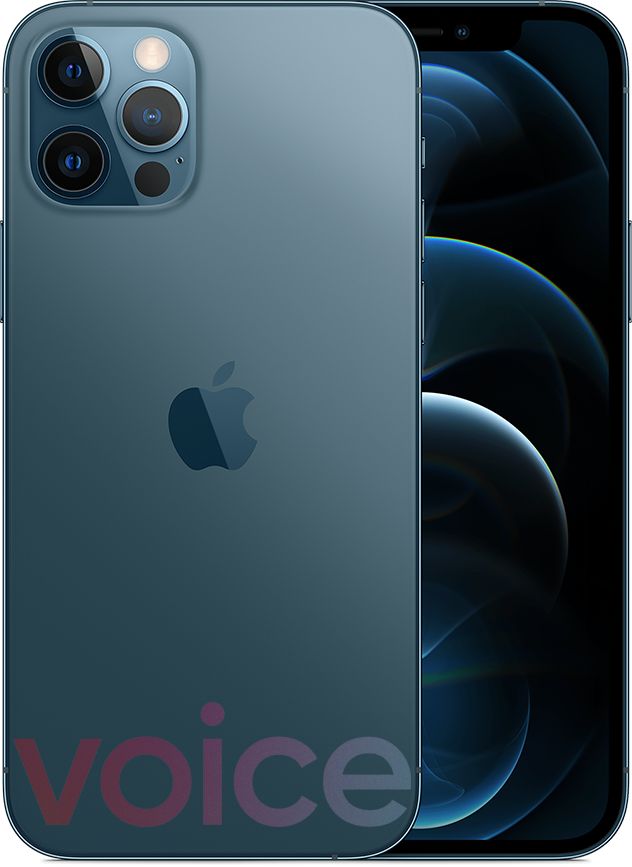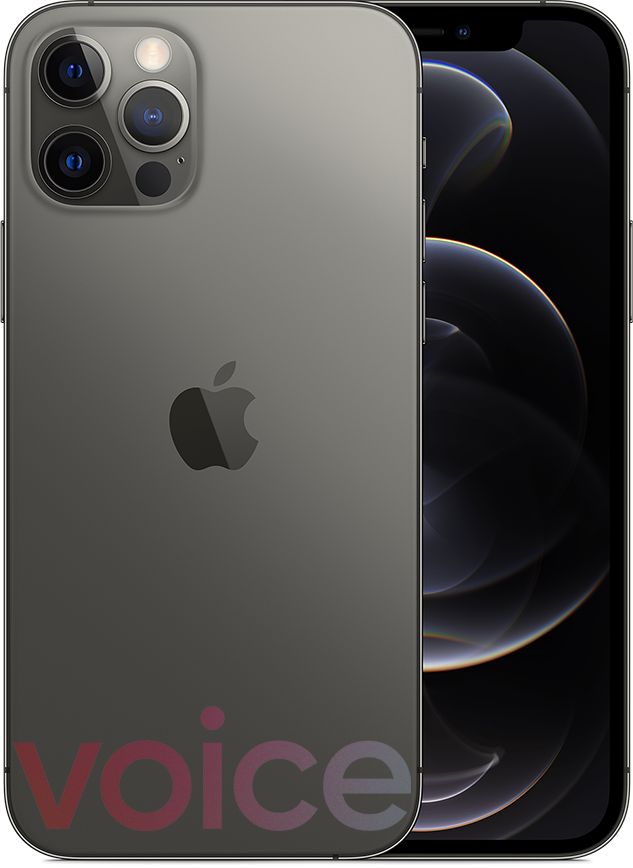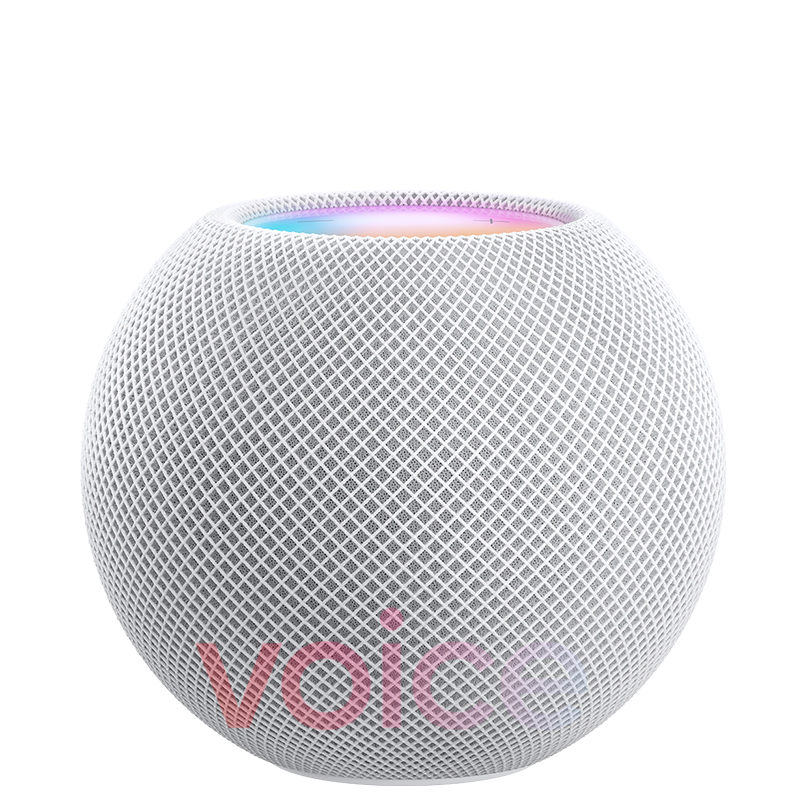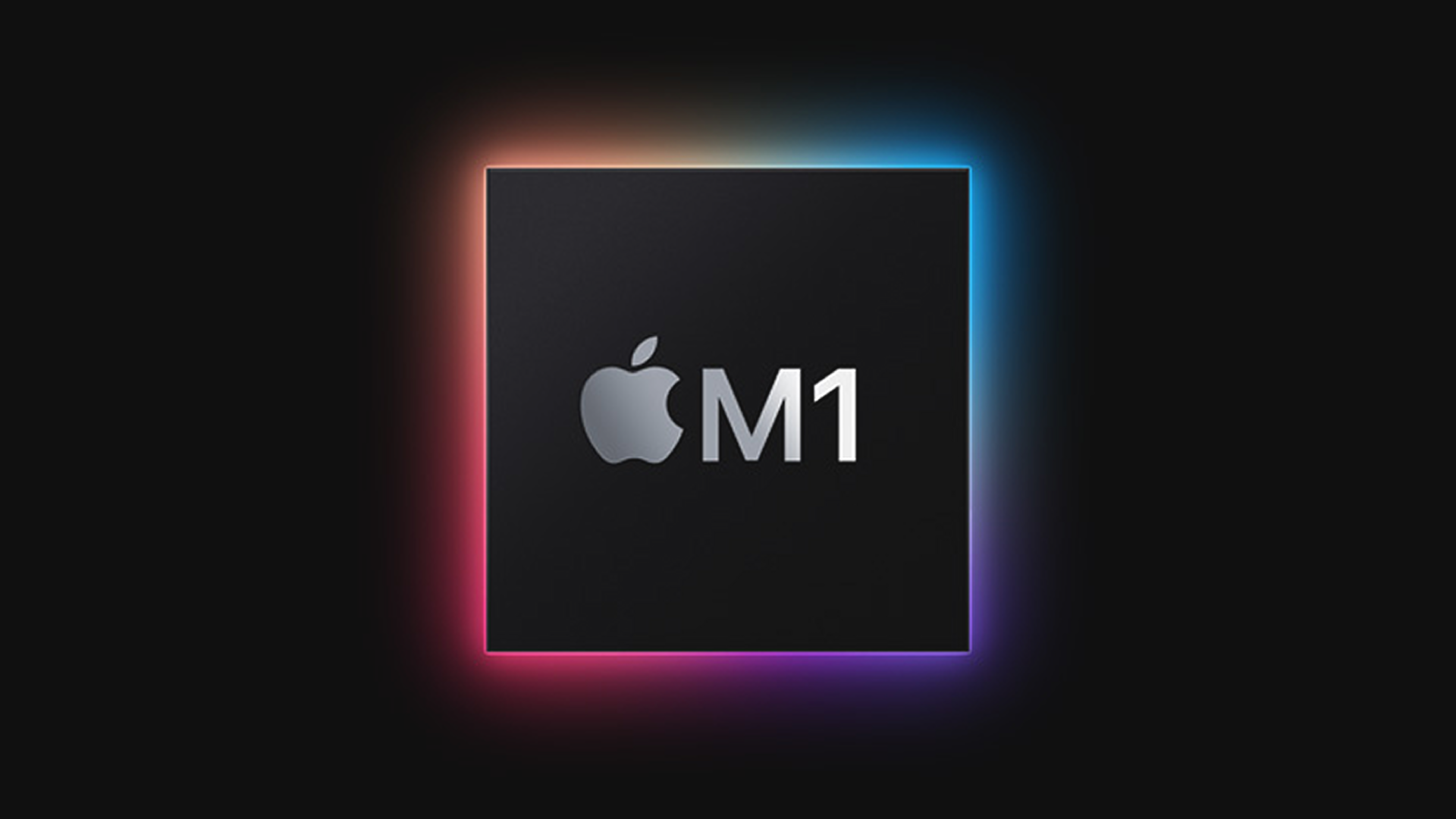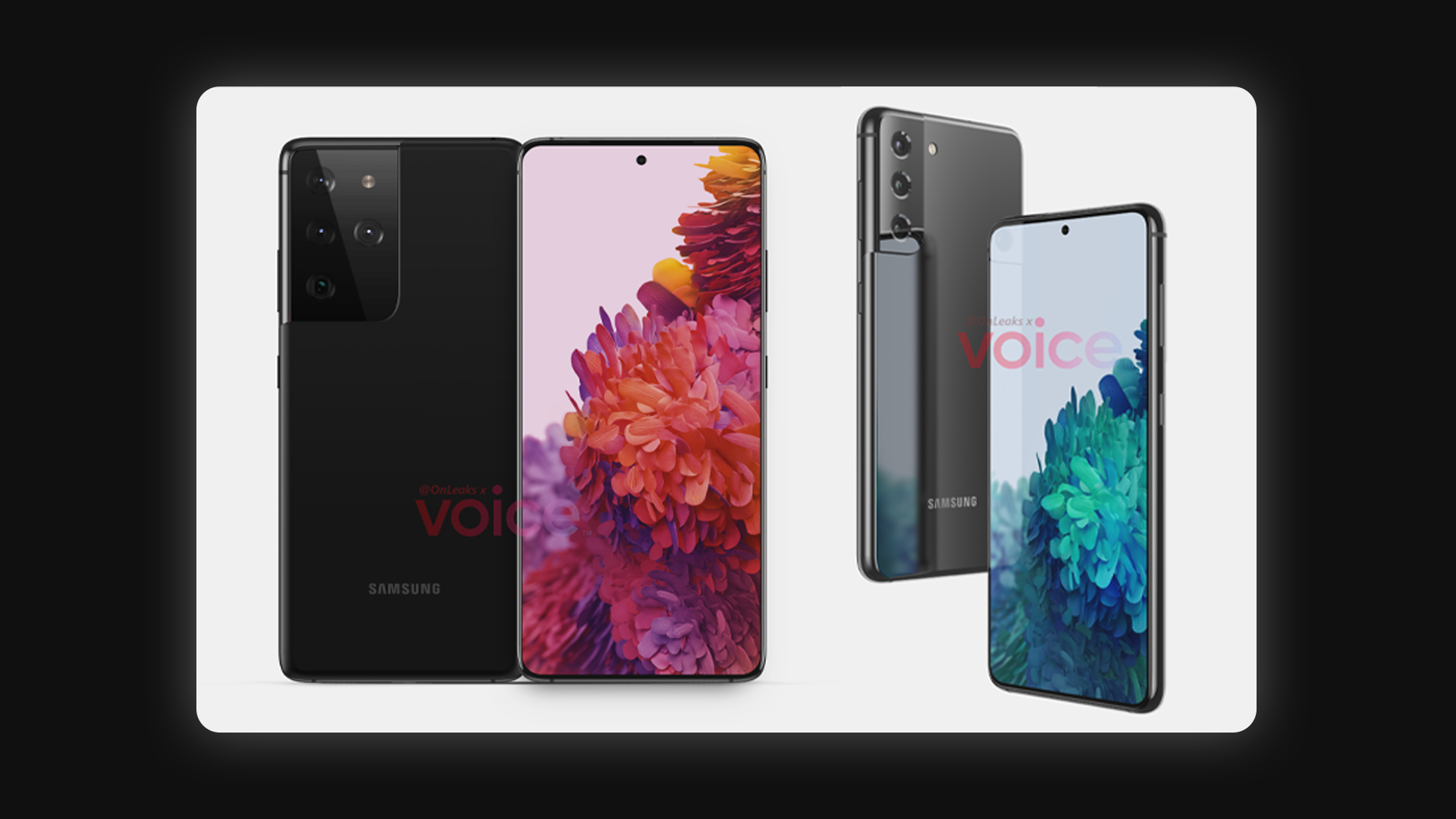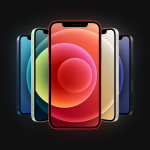It’s no secret that Apple’s been having a hard time keeping it’s information inside the company. Leaking information is nothing new, but 2020 was a special one. Leakers like Jon Prosser, Komiya, Max Winebach, and EverythingApplePro have leaked information about the iPhone 12 series almost 5 months ago, with unprecedented detail about the products. Prosser has provided the bulk of the information this year, and Apple clearly has their eyes on him — even going as far as asking members of the press whether they know him or his sources. Yikes.
Nevertheless, here we are a day before the event, and the information we got months ago mostly holds true today. Let’s have a recap of everything that we know:
Expected Devices
- iPhone 12 mini
- iPhone 12
- iPhone 12 Pro
- iPhone 12 Pro Max
- HomePod mini
- “MagSafe / MagSafe Duo” Wireless Chargers
We expect to see four iPhones in the 12 series. The mini will be the new addition to the lineup, with it potentially being unveiled as a “one more thing” product. People were expecting AirTags to be launched at this event, but Apple has pushed its debut back as far as March 2021 — citing technical issues with the product. Apple Silicon-based Macs won’t arrive at this event either, those will have a separate event in the middle of next month.
iPhone 12 mini
- 5.4″ Super Retina display (LG & Samsung OLED)
- A14 Bionic
- 4GB RAM
- 2227mAh battery
- 5G (Sub-6)
- Aluminum body, smaller notch v/s 11
- 12MP Wide and Ultrawide cameras
- Black, Red, Green, White, and Blue colors
- Pre-order November 6, in stores November 13
- $649 (64GB) / $699 (128GB) / $799 (256GB)
iPhone 12
- 6.1″ Super Retina display (LG & Samsung OLED)
- A14 Bionic
- 4GB RAM
- 5G (Sub-6)
- 2815mAh battery
- Aluminum body, same notch as 11
- 12MP Wide and Ultrawide cameras
- Black, Red, Green, White, and Blue colors
- Pre-order October 16, in stores October 23
- $749 (64GB) / $799 (128GB) / $899 (256GB)
iPhone 12 Pro
- 6.1″ Super Retina XDR 10-bit display (Samsung OLED)
- A14 Bionic
- 6GB RAM
- 2775mAh battery
- 5G (mmWave)
- Stainless Steel body, same notch as 11 Pro
- 12MP Wide, Ultrawide, and 52mm Telephoto camera with LiDAR sensor
- Gold, Silver, Graphite, and Blue colors
- Pre-order October 16, in stores October 23
- $999 (128GB) / $1099 (256GB) / $1299 (512GB)
iPhone 12 Pro Max
- 6.7″ Super Retina XDR 10-bit display (Samsung OLED)
- A14 Bionic
- 6GB RAM
- 3687mAh battery
- 5G (mmWave)
- Stainless Steel body, same notch as 11 Pro Max
- 12MP Wide, Ultrawide, and 65mm Telephoto camera with LiDAR sensor
- Gold, Silver, Graphite, and Blue colors
- Pre-order November 6, in stores November 13
- $1099 (128GB) / $1199 (256GB) / $1399 (512GB)
As the eagle-eyed of you might have noticed by now, 120Hz isn’t happening. Multiple sources have confirmed that Apple had to choose between 120Hz or 5G, and they chose 5G as it was easier to market to their core audience, who might not even understand the benefits of 120Hz. Adding 120Hz along with 5G would’ve been detrimental to the battery life. On a bright side, early reports from display manufacturers have all but confirmed that iPhone 13 series will have it, potentially across the whole stack.
The difference between iPhone 12 Pro Max and iPhone 12 Pro is that the 12 Pro Max has a larger sensor (47% larger sensor with 1.7μm pixels), and the word “Expansive” is added before the description of the 12 Pro Max ultra-wide angle. Clearly, it’s marketed for photo/video-centric audiences. The larger sensor also equates to better night mode shots.
The LiDAR sensors on the Pro models will be better than the iPad Pro sensor, with more detailed sampling capabilities. Face ID will also get much better across the stack, along with better speakers.
As many rumors pointed out, there will be no charging brick (lightning to USB-A cable will still be included) or EarPods included in the box with any of the phones. This will be marketed by Apple as a push to reduce e-waste, as most people already have a charging brick at home. But, not including EarPods is a clear move to push more people to buy AirPods.
AirPower is now MagSafe
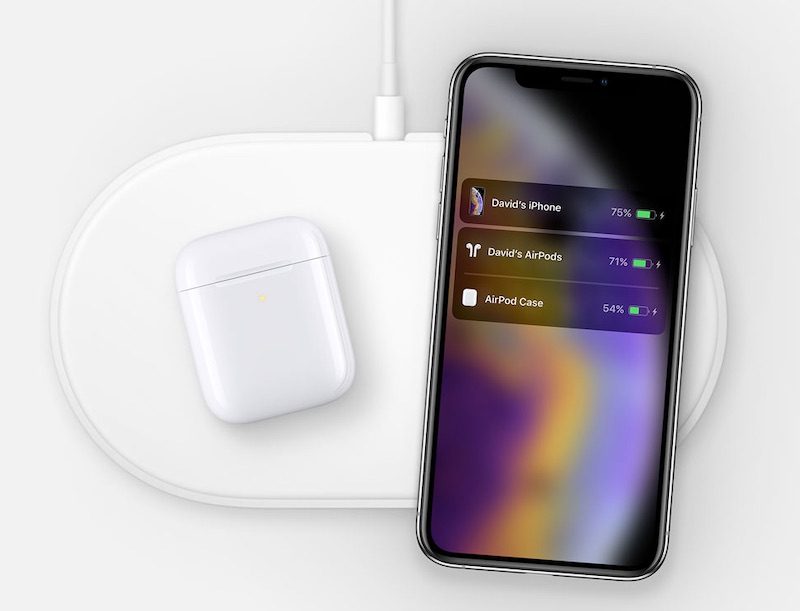
Ah, AirPower. Touted as the end-all of wireless chargers by Apple, it combined a lot of wireless charging coils into one mat, so you could theoretically place up to 3 devices anywhere on the pad. Unfortunately, Apple bit off more than it could chew, and cancelled product development due to overheating issues.
And now, it’s (kinda) back. Strangely, it’s been rebranded as MagSafe — I don’t get how the “safe” part works on a wireless charger. Regardless, it’s a far cry from the original AirPower concept. Gone is the “place your device anywhere” strategy, rather as the name implies, it involves magnets.
A recent leak showed that iPhone 12 models had a magnetic ring on the back of the casing. This ring will interact with the magnetic ring on the charger itself, and “snap” into place. There will be two models released, MagSafe Charger and MagSafe Duo Charger. The duo implies two devices, meaning you could charge two iPhones or an iPhone and a Watch. This still doesn’t reach the 3-device charging touted by the AirPower concept, but at least Apple has an official wireless charger now. They will be expensive.
HomePod mini
At first glance, the long rumored HomePod mini seems rather boring. The original HomePod seems to have been a sales disaster for Apple, with even the most ardent Apple fans accepting that it was a worse product compared to competitors like the Google Home (mostly becuase of Siri’s inaptitude).
With HomePod mini, Apple has different ambitions. The smart speaker is much cheaper at $99, enticing more people to buy it. The real intention is to use it as a UWB base station, so it can track devices which have the new UWB chips in them (new iPhones, Watch Series 6, etc). It will precisely track your location as you walk inside your house with other U1 devices, and use the info for media controls, brightness/volume control, & door locks. It can also be used in the Find My app when you’re away from home to alert you if any of your devices have been moved within or taken from your home. It also has insanely fast data transfer rates, helpful for AirDrop.
As tweeted by Jon Prosser, “Base stations like HomePod mini and Apple TV are a very clever Trojan horse from Apple that will enable AR capabilities in your Find My app within your home. Next level stuff.” UWB chips are turning into a much larger thing than I ever anticipated, and are the next big thing for Apple along with Apple Glass.
That’s it. That’s all we have. After weeks of collecting information and trying to compile it into a neat readable format, it’s finally out. Now, all we have to do is wait for the Apple Event, and see how many of the leaks were correct. Jon Prosser is either going to have the best day of his life or disappear off of twitter forever.
As the event nears, new information might come up, and the article will be updated accordingly.
Apple apple event imac imac pro iPhone ipod mac mac pro macbook macbook pro wwdc
Last modified: October 13, 2020






